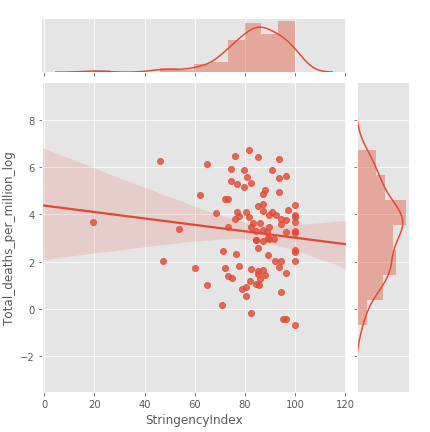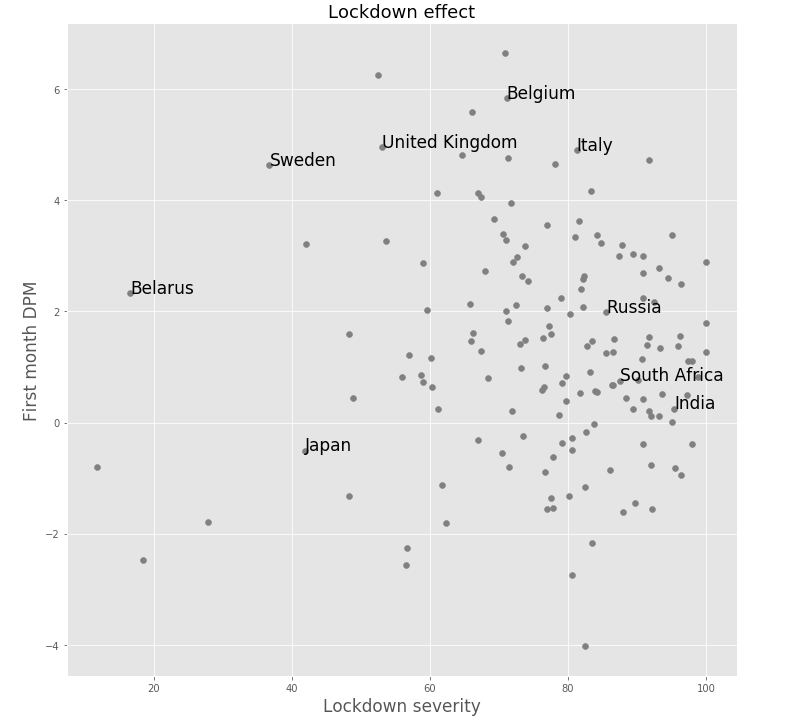The national lockdown I predicted (from the trajectory of the propaganda drip-feed, not from the data) was announced with another bunch of skewed, and already outdated, apocalyptic projections over the weekend. It is due to be voted on in Parliament tomorrow, but the official opposition are not opposing, and most Conservative MPs appear to have swallowed the “something must be done” line dictated by SAGE’s smoke and mirror displays.
You’ll see my brief commentary on the latest EuroMOMO data here, but today I want to concentrate on the effects of, rather than the justifications for, lockdowns. Ivor Cummins has helpfully gathered a set of recent papers on their ineffectiveness, and another on their adverse effects, which is available as a zip file here and makes interesting reading for anyone with some science background.
There are many good insights there, one of the most significant being a counter-intuitive, but well-established, epidemiological principle that impeding the spread of a new epidemic tends to increase the age of those affected. That is of major significance for COVID, which harms almost entirely the elderly: preventing spread increases total deaths. Related to this are several papers advocating the maximal spread of virus amongst the non-vulnerable in order to protect the vulnerable, exactly as the Great Barrington Declaration advocates.
As if replying to one of my relatives moaning about all the feckless and ignorant people flouting the rules and so necessitating lockdown (a class also condemned in the press and by the Ruling Cabal), one paper estimates the number of vulnerable lives that would be saved by the young having “COVID parties,” much as wise parents used to have “mumps parties” so their children could gain immunity at a safe age. This reduced the risk of dangerous adult disease both for them and the community at large.
Perhaps the “value” of lockdowns is most clearly shown by these two graphics from one of the papers:

The first simply plots the COVID fatality rates of all countries against the severity of lockdown.

The second factors in the timing after lockdown, to gauge its effect on “flattening the curve” in the first month.
Both show a completely random scatter of outcomes, demonstrating that lockdowns, as such, achieve nothing whatsoever. The same may be seen in other papers showing how most European countries introduced lockdowns after cases had begun to fall, with little or no apparent additional effect. At most (compare Sweden with UK on Worldometer, for example) the slope of decrease may have increased, leaving fewer people immune and sowing the seeds of the seasonal outbreaks we are seeing here and elsewhere in Europe, but barely at all in Sweden.
The set of papers on the astronomical costs of lockdown to life, health, and economies also make salutary reading. But at last those are beginning to receive due notice in the mainstream press, leading (but not governing) politicians having even used words like “catastrophe.” However they will only be felt here once government summons up the courage to produce a budget in the New Year, and the figures for unemployment, bankruptcies, business failures begin to accumulate, with less possibility of distraction by scary case numbers.
So rather than outline those, I’ll close with a phone call I got today from my friend in Sri Lanka, the pastor of a number of churches consisting mainly of very poor people. They too have had a lockdown imposed, I suppose partly from international pressure from bodies like the WHO, but presumably also from their government’s participation in the global groupthink to which all our nations seem to have succumbed.
Their situation is a typical southern hemisphere increase in winter cases, now at around 600/day (I’m unaware of their testing regime). But their deaths from COVID, in a population of 21 million, are around 1/day. Only 21 have died since March.
One reason for this, given in one of Ivor Cummins’s papers, is that poor countries, with inadequate health services, have relatively few elderly people: the vulnerable have already died of other things. That explains the paradox of a positive correlation between health provision and COVID death rate across the world.
So lockdown in Sri Lanka appears to have even less justification than it does here. And we have little enough, when the science is examined in its entirety. But the effects of lockdown are more immediate in less developed countries. Because of lockdown, our brethren there simply cannot get food. Lockdown for them means the threat of imminent starvation.
Make no mistake, our own lockdowns contribute to that immediate problem across all the poorer nations, even before our own economies collapse, because without foreign trade, many of the people in these nations have no means of livelihood. And no state support. So they will die. I believe even the UN has issued a figure of 300 million souls in such a situation.
And that is why another of the papers in Cummins’ Zip file begins to record the increase in child slavery and sex trafficking in poor countries following lockdowns. If your family is starving to death, there may be little choice but to sell your children rather than see them fade away before your eyes.
The assumption that such things could not happen here may be mistaken – Peter Hitchens recalls middle-class people in Moscow after the fall of the Soviet Union selling their possessions on the street in order to buy food. Our security is only as strong as our economy, and that is in free-fall thanks to our national policies.
This, friends, is what the acquiescence of our own people – and for some reason, especially the young, many of whom seem simply to want to forget the whole business of COVID – costs across the world.
That’s if you forget about opening the gates to the Great Reset being pushed by the rich and powerful in the WEF and UN. Even my poor pastor friend recognises a satanic ambition for a new world order in that.
